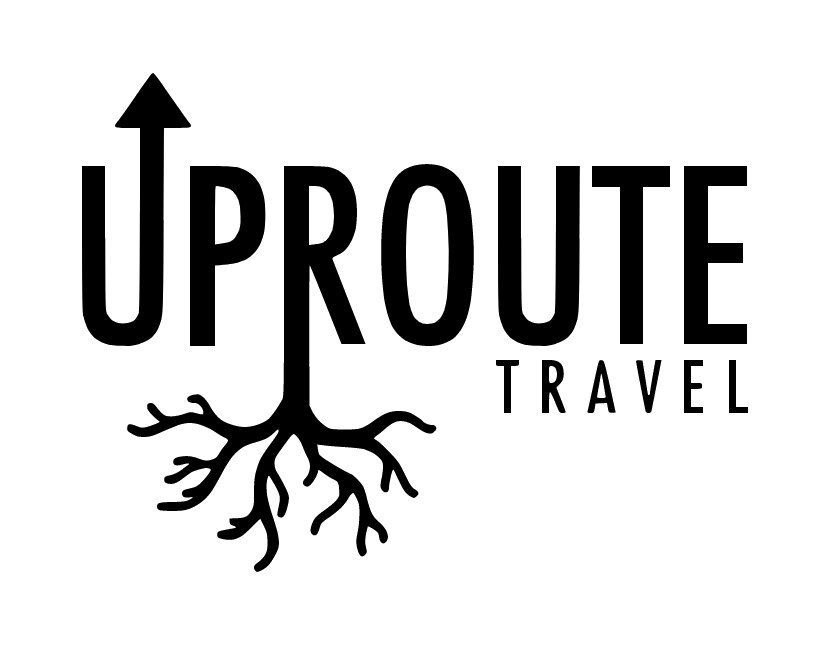SCOTLAND
If prompted to describe Scotland in three words, I would pick: green, charming, and underrated. Most people are of the understanding that Scotland is no more than a place to find bagpipes, haggis, kilts, and Scotch whiskey. What I’m here to tell you is those ideas don’t even begin to scrape the tip of the iceberg! The green landscapes and untouched wilderness of the Highlands left me breathless. Edinburgh’s charming, cobblestone streets and Gothic architecture made me feel like I was in a fairytale. When it comes to creating a list of the top countries in Europe, Scotland is surely in the upper echelon!
Updated COVID-19 Travel Information:
Currency:
The official currency of Scotland is the Pound Sterling (GBP) (£)
$1 USD = £0.75
Note: You may hear the following terms used when discussing money: quid (same as 1 pound), pence (100 pence make 1 pound), and fivers/tenners (5-pound or 10-pound notes).
Pricing for Leisure Travelers:
Average Hotel Expenses = £78-£89/Night ($110-$125 USD/Night)
Average Food/Drink Expenses = £21-£32/Day ($30-$45 USD/Day)
Pricing for Backpackers:
Average Hostel Expenses = £12-£20/Night ($18-$28 USD/Night)
Average Food/Drink Expenses = £12-£20/Day ($18-$28 USD/Day)
Communication:
English is the main language spoken in Scotland and has been since the 1700s. Before then, the most widely spoken language was Scottish Gaelic, which is still spoken to this day in small pockets of the country. In order to try to revive the language, Scotland has started to include Scottish Gaelic on street signs!
Transportation:
Train: Traveling throughout Scotland by train is quick, comfortable, and easy. You can purchase tickets through ScotRail or Rail Europe.
Bus: Scotland’s national bus service, Scottish Citylink, is less expensive than traveling by rail, but it also takes more time. You can book tickets via Bookaway.
Airplane: If you are traveling anywhere outside of Scotland, this is my recommended mode of transportation. Flights come in and out of both Edinburgh and Glasgow from all across Europe. Although possible, it is uncommon to travel between Scottish cities by plane.
Taxi/Uber: Although Ubers and taxis are prevalent in Scotland’s seven cities, you can generally avoid paying for them since the country has great public transit channels.
Miscellaneous:
Scotland is a country historically divided in two by the “Highland Line” which runs diagonally northwest from the Kintyre Peninsula to Stonehaven. Anything northwest of this line is referred to as the Highlands and anything southeast is referred to as the Lowlands. For centuries, the Highlands were mainly inhabited by the Gaels and known for their rugged nature, deep lochs, and clan society. This changed in the late 1700s when the “Highland Clearances” took place, pushing many of the inhabitants out of their homeland in favor of sheep pasture. This nearly eliminated Scotland’s tribalism as it once stood. The Lowlands, on the other hand, are oftentimes referred to as the cradle of Scottish culture. This is because it is home to the country’s largest cities, its industry, and 75% of the population. While there are certainly some cultural divisions and bad blood between the two regions, the country as a whole today lives in peace and harmony.
The Scottish Cities Alliance is an association created by the Scottish Government to help promote economic potential. The organization is comprised of seven cities: Aberdeen, Dundee, Edinburgh, Glasgow, Inverness, Perth, and Stirling. Of “Scotland’s Seven Cities”, only Inverness is located in the Highlands.
Scotland is part of both the United Kingdom and Great Britain.
Unicorns are the national animal of Scotland!


